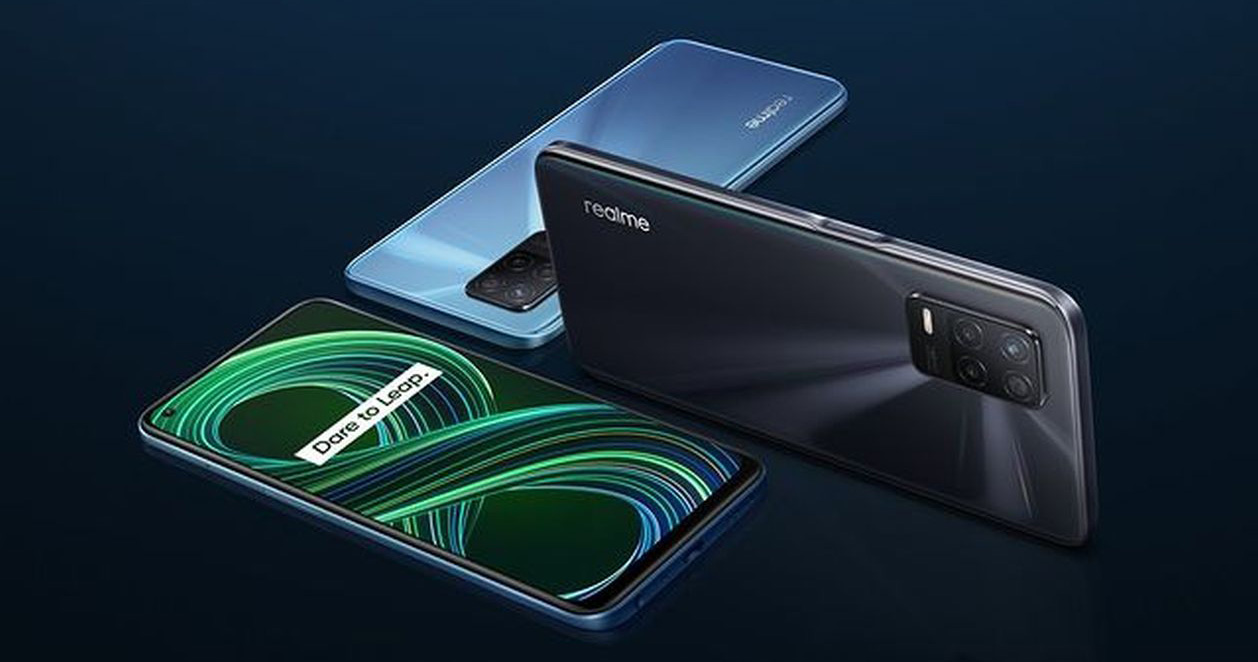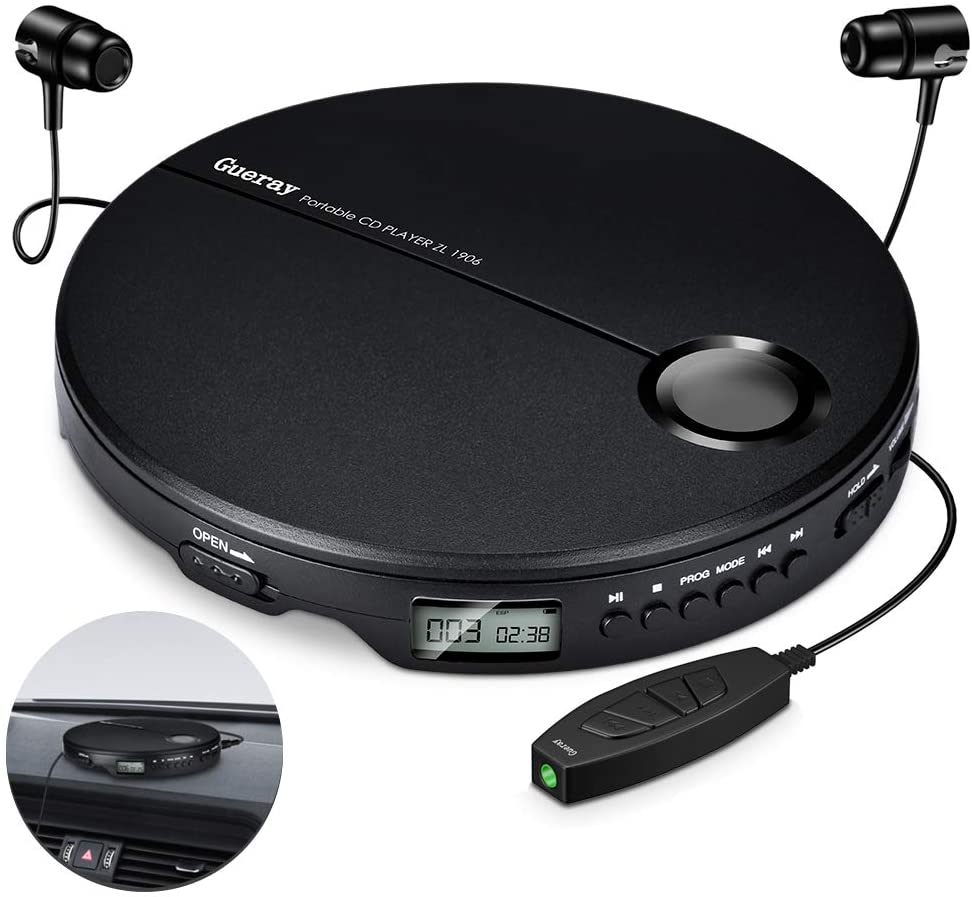Realme 8 5G – Good performance and long battery life
Aside from its 5G capabilities, the Realme 8 5G seems like a mid-range device for its price point. Considering what’s similar to the Xiaomi Redmi Note 10 Pro or even the newly launched Moto G40 Fusion offer, it seems a daunting task for the Realme 8 5G to make a mark for itself in this price range. While the display and performance are good, the camera on the phone isn’t great, and it won’t win any style points either. In my opinion, simply making a phone 5G-ready won’t make it stand out from the competition.
Design and display Realme 8 5G

From the outside, there is little difference between the Realme 8 5G and its 8 and 8 Pro brethren. The glossy plastic back has been carried over from other Realme phones, and tends to attract a lot of fingerprints. The hump surrounding the cameras remains rectangular, although the Realme 8 5G has a triple-camera setup instead of the four on the other two. The fourth circle has the AI words written in it while the flash module is placed on a small strip below the camera bump. Realme claims that the device is one of the thinnest 5G-capable phones on the market and has a thickness of 8.5 mm. However, in the world of phones without 5G, that number is a bit higher. The device weighs about 185g and feels light, easy to hold in the palm of your hand. Thankfully, the ostentatious ‘DARE TO LEAP ‘branding on the back (seen on its siblings) has been removed from the 5G model. Other aspects of the design have mostly remained the same, including the USB-C port, the 3.5mm headphone jack, and the speaker grille at the bottom. However, the power button has a built-in fingerprint sensor, as opposed to the diversity in screens detected on both other devices. The operability of the buttons, including the volume rocker on the side, is still pretty impressive. It is clear that the Realme 8 5G is a device that is more about usability than flashy looks.
Camera of Realme 8 5G

The optics is down on the Realme 8 5G, compared to its siblings. The main camera is a 48MP Samsung GM1 sensor, paired with a B&W sensor and a macro camera with an unknown resolution. From the outset, this is obviously not the ideal camera setup for a phone that shares the Realme 8 brand. At least, including an ultra-wide lens would be a welcome change. Regardless, the Realme 8 5G is not capable of noticeable photography. In good lighting situations, the sensor will produce decent shots, but there is still noise in the image and the colors are mostly oversaturated. The dynamic range is good enough, and exposure in the dark areas of the photo provides fine details. Even so, there’s plenty of unnecessary texture smoothing that obscures finer reviewers like I looked for in a photo. At night, a lot of noise in the dark sky leaves a sour taste. The dedicated Night Mode also does an average job during cleaning. In addition, there is excessive color pumping even in low light that gives images very unrealistic. In terms of exposure, the phone tends to reduce lens flare, but the details captured have a very soft focus. It is very difficult to capture any fast-moving subject in limited light.
Performance and software

The Realme 8 5G uses the new 7nm MediaTek Dimensity 700 SoC, which is slightly better than the MediaTek Helio G95 on the Realme 8, at least by benchmarks. As for the second’s overall score of 297,216 on Antutu, the old score scored is 304,952. Here, you can see that the GPU score of 8 5G is 68,849, significantly lower than the Realme 8 GPU score of 85,774. However, in all other aspects such as CPU, Memory and UI, the Realme 8 5G takes the lead, which is why it is comparable to the Realme 8’s Helio G95 SoC. Other benchmarks paint a similar picture. There’s no denying that the Realme 8 5G is a fast phone for its price point and in line with the increasingly high performance standards that have been set in the low-end segment for the past few years. In fact, that seems to be one of the device’s biggest saving advantages when pitted against its siblings.



